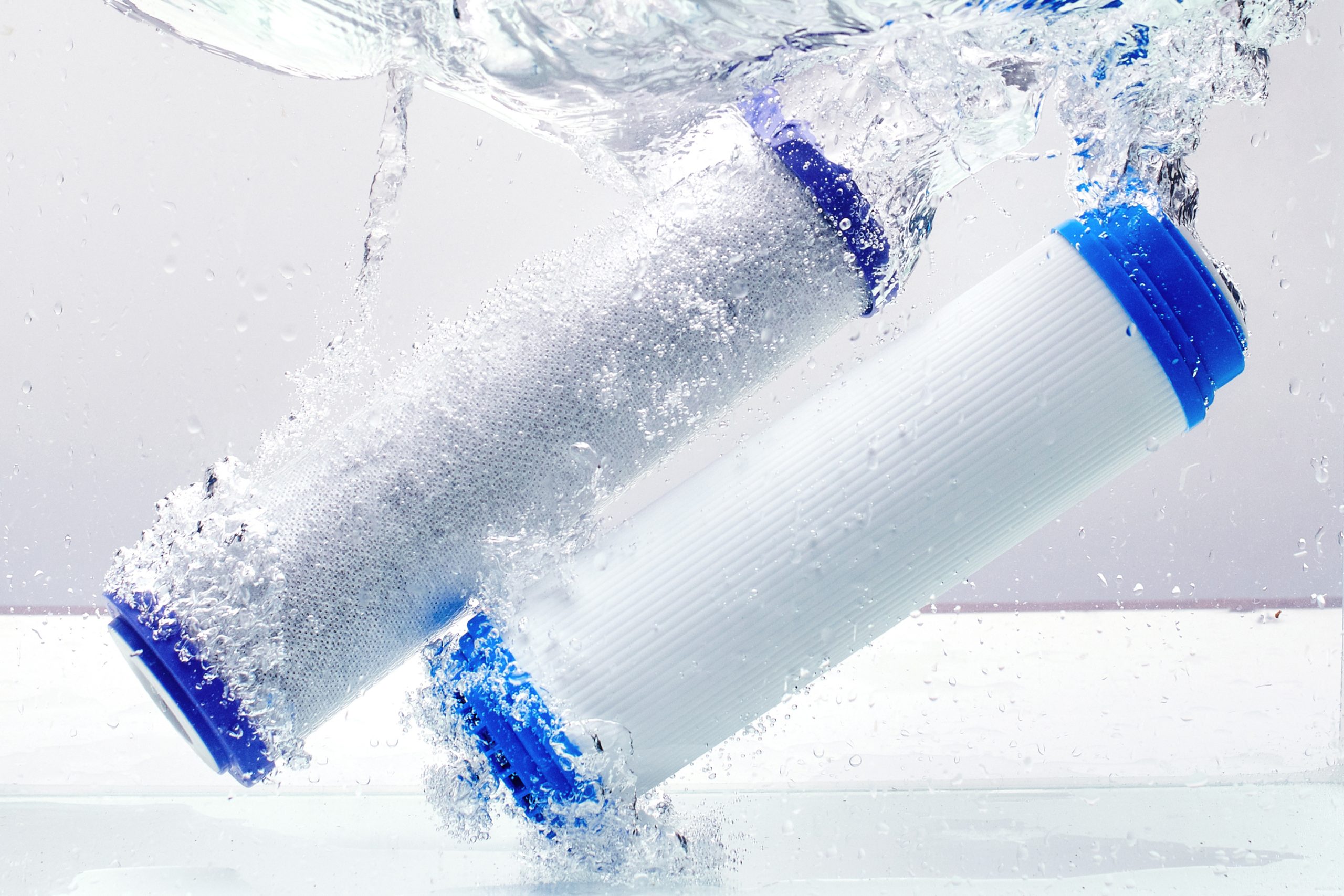The purpose of a water softener is to remove hard minerals from the water supply. Hard water is characterized by the presence of minerals such as calcium and magnesium, which can accumulate and cause damage to pipes, appliances, and fixtures. Through an ion exchange mechanism, a water softener replaces hard minerals with soft minerals such as sodium or potassium. Installing a water-softening system can alleviate these problems and give you higher-quality water. Choosing the right size water softener for your needs can be difficult, especially if you are unfamiliar with the various types of water softeners on the market. In this post, we will explore the various types of available water softeners and the factors that go into what size water softener you need for your specific uses.
Types of Water Softeners
There are two main types of water softeners: whole-home and point-of-use. Understanding the different types available will help you determine what size water softener you need.
Whole-home water softener
A whole-house water softener is treats your home’s water supply. This type of system installs on the home’s main water line and treats all incoming water. Those who want to treat all the water in their home, including drinking water and water used for cleaning and washing, should install a whole-house water softener.
In general, whole-house water softeners are larger and costlier than point-of-use water softeners. In addition to being more difficult to install, they require access to the main water supply line. But, whole-house water softeners offer numerous advantages, such as enhanced water quality throughout the household and longer appliance life. In addition, they are more convenient because they treat the entire household’s water without the need for further filtration or treatment.
Point-of-use water softener
In contrast, a point-of-use water softener is designed to treat water for a single place, such as a showerhead or faucet. This kind of water softener is great for those who want to soften water simply in certain areas of their home, such as the shower or kitchen sink. Point-of-use water softeners are also a viable solution for those who reside in apartments or rental houses and cannot install a whole-house water softener.
They are more compact and less expensive than whole-home water softeners. In addition, they are simpler to install because they attach directly to the plumbing line for a specific fixture. However, point-of-use water softeners only treat the water for a single area, so you may need many systems to treat the water throughout your home. Also, they require more maintenance because they must be updated more regularly than whole-house water softeners.
How to Size a Water Softener
Sizing a water softener can be challenging, but it’s crucial to choose the correct size for your needs. The size of the water softener you need will depend on several factors, including water quality, water usage, regeneration, available space, installation cost, and maintenance.
Water Quality
The first consideration when sizing a water softener is the water’s quality. The hardness of water is measured in grains per gallon (GPG). The greater the GPG concentration, the harder the water. You can test the hardness of your water by purchasing a water hardness testing kit or by hiring a professional.
Once you have determined the hardness level of your water, you can select a properly sized water softener. As a general rule, a family of four will require a water softener capable of treating 32,000 grains or more. If your water has a high hardness level, you may need a larger water softener to efficiently treat it.
Water Usage
The second factor to consider when sizing a water softener is your water usage. The size of the water softener you need will depend on the amount of water your household uses each day. Larger households that use more water will need a larger water softener to make sure that there is enough capacity for all the water.
Regeneration
Water softeners use a process called regeneration to remove the minerals that cause hard water. Here is a basic overview of how a water softener regenerates:
- Backwash: The water softener will first backwash to remove any debris or sediment that has accumulated in the resin bed.
- Brine draw: The softener will then draw a brine solution (a mixture of water and salt) from the brine tank into the resin tank.
- Slow rinse: The brine solution will slowly rinse through the resin bed, exchanging sodium ions for hard water minerals like calcium and magnesium ions.
- Fast rinse: After the slow rinse, a fast rinse will follow to remove any remaining brine and impurities.
- Refill: The water softener will then refill the brine tank and prepare for the next regeneration cycle.
The frequency of regeneration will be determined by water demand and water softener size. A smaller water softener may have to regenerate more regularly, resulting in increased water and salt use. A larger water softener, on the other hand, can go longer between regenerations, conserving water and salt. Consider the frequency of regeneration and choose a water softener that meets your needs when selecting a water softener.
Available Space
The size of your water softener will also depend on the available space you have for installation. Whole-home water softeners can be quite large and may require a dedicated space in your garage or utility room. If you have limited space, consider a smaller water softener or a point-of-use water softener that fits in a more compact space.
Installation Cost & Maintenance
While determining the size of a water softener, it is also vital to consider the cost of installation and maintenance. A larger water softener may be more expensive to install and operate, but it may provide more benefits in terms of water quality improvement and appliance safety.
Consider the regular maintenance expenses of a water softener, including salt, filters, and any necessary repairs. A larger water softener may necessitate more maintenance and greater prices, therefore it is crucial to select a system that meets your budget and maintenance requirements.
Water Taste
Lastly, it is essential to evaluate the taste of the water after the fact. Some individuals prefer the taste of hard water, while others choose soft water. Anyone concerned about their salt intake may benefit from a water softener that employs potassium instead of sodium. It is advisable to test the water after it is treated with the water softener to confirm that the flavor is satisfactory.
Bottom Line
By taking these factors into account, you can choose a water softener that provides you with the best quality water. You can also fit it within your budget and maintenance needs. Remember that a water softener is an investment in your home and your health. Choose one that meets your specific needs and provides you with the best value for your money. Call Stewart Plumbing today if you’re interested in adding a water softener to your home, and don’t forget to check out our Google reviews!


